Active recovery workouts might be key to supercharging your fitness this year - a top expert explains why
It's a game-changer.
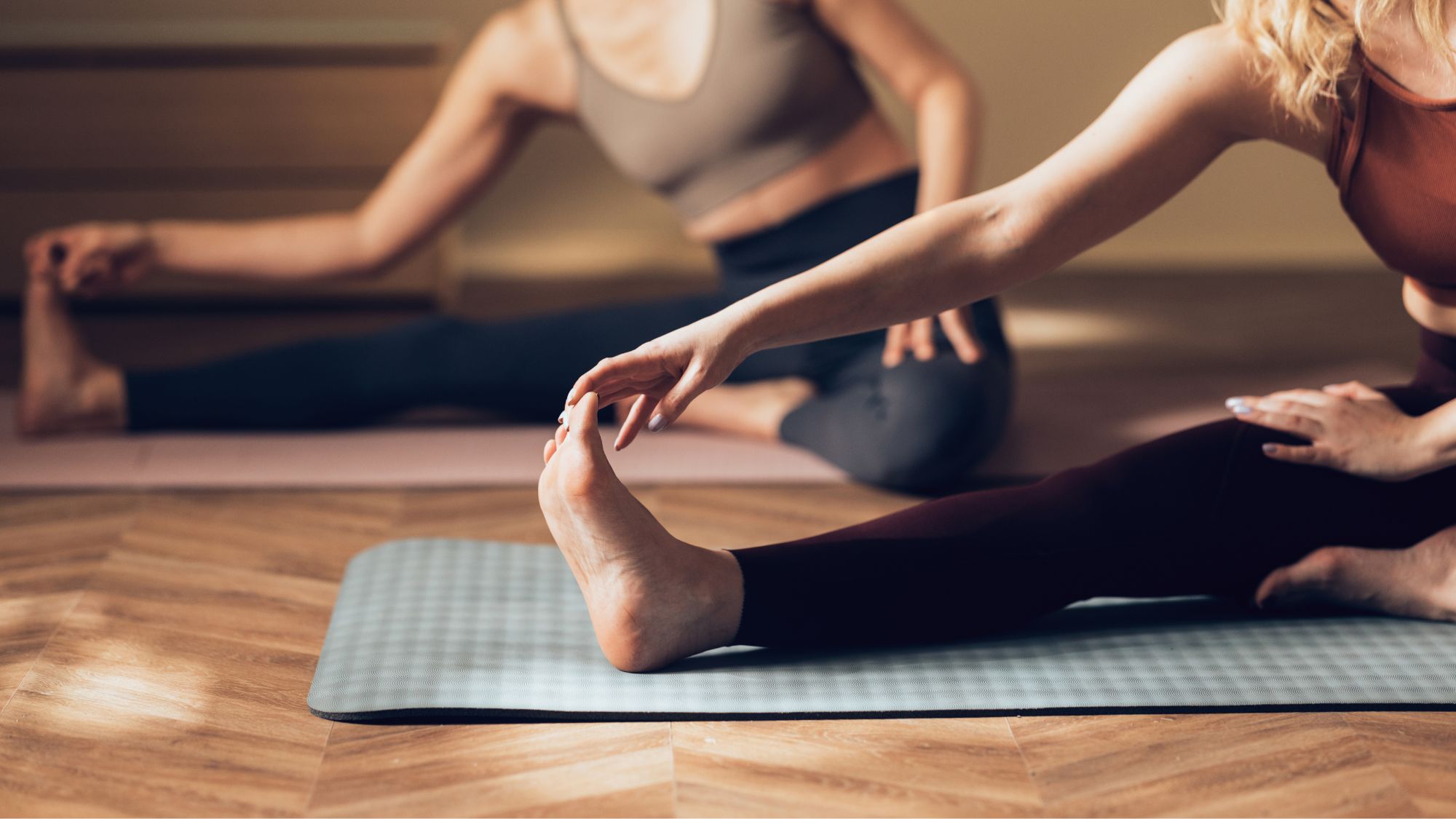

By now, you hopefully know that recovering from your workout is just as important as the workout itself. And if you're looking for the best way to recover then you need to catch up with active recovery, the pro's favourite way of supporting their body.
Never heard of it before? Active recovery can best be explained as a type of relaxation and resting that involves moving or intentional practice, as opposed to doing nothing.
And it works: a paper published in the International Journal of Sports Medicine found that when high-intensity running was followed up ten hours later with active recovery in the form of swimming, future performance improved. In fact, 24 hours after the initial run, those who had swam were able to run for 14% longer than those who didn't.
But performing active recovery accurately is vital to avoid overtraining, injury and stress. With that in mind, we asked physiotherapist and clinical director at Complete Pilates, Helen O'Leary, to share your need to knows about active recovery. Don't miss our guides to workout recovery, gym breaks, how to get motivated to workout and how to restart your fitness routine after time off, plus the best warm up exercises and cool down exercises, while you're at it.
Ever heard of active recovery? Your guide
What is active recovery?
As mentioned, active recovery is a type of rest that is intentional and movement-focused, such as walking, low-intensity swimming or stretching.
"Active recovery refers to low-impact, low-intensity exercise done after bouts of more intense training, in contrast to a passive recovery which would see you totally resting and avoiding exercise completely," explains O'Leary.
There are three times you can implement active recovery into your training:
Marie Claire Newsletter
Celebrity news, beauty, fashion advice, and fascinating features, delivered straight to your inbox!
- Between sets or intervals, during your recovery period
- As a cool down or finisher from your main exercise
- On a rest days from your main form of training
@alferoaesthetics ♬ original sound - Jarett Alfero | Fitness
What are the benefits of active recovery?
Gentle movement is believed to speed up the recovery process. A faster recovery means you can perform better in your subsequent training, improving fitness gains.
There are a few theories as to how that exactly works. "The current thinking is that active recovery helps to remove the lactate that builds up in muscles during intense exercise effort more effectively. Lactate is thought to be responsible for the fatigue and muscle burn that are felt during hard exercise," says O'Leary. This is especially beneficial for in-session active recovery, such as interval sprints. Walking between intervals could help flush the lactate from your muscles so you can maintain intensity during your next sprint session.
The second reason that active recovery is beneficial is that it encourages "blood flow in muscle tissue, which facilitates the removal of metabolic waste, and may contribute to a reduction in muscle lesions and pain", according to a 2018 review.
That has been shown to reduce delayed onset muscle soreness (the ache you get in your muscles after an intense workout, also known as DOMS), with one study showing light exercise decreased muscle soreness and tenderness by around 40%.
The final benefit of active recovery days? It can help avoid overtraining. Overtraining is doing too much intense exercise to the point that exercise becomes detrimental rather than beneficial for the body.
"Anyone competing in intense training should include recovery sessions as part of their weekly routine. Rather than clocking up another day of high training and an intense session, a recovery session can be a really useful way to reduce stress on the body and keep you healthy through the whole of your training programme," notes O'Leary.
In order to keep active recovery as a restful experience rather than being too intense on the body, try to keep it low impact (meaning no jumping, running or harsh movements) and keep your heart rate at 30-60% of your maximum. If you don't track your heart rate, just make sure the movement feels genuinely easy.
How to spend an active recovery day
If you want to dedicate a whole day (or more) to active recovery in your week, you'd be doing a great thing for your body.
"Walking is the simplest form of recovery exercise and it requires no special equipment and can be done anywhere. However, cycling and swimming may be suitable if you want a change - for example, you may want to do a gentle cycle or swim as a contrast to higher impact running," says O'Leary.
"Yoga and Pilates are also great ways to work out actively and can also provide a good contrast to the types of activity that you may be doing as your main exercise, exercising different muscle groups and working on mobility throughout the body," she continues.
As a Health Editor, I always put active recovery days into my week. My main forms of training are strength training and running and, on my days off of those forms of movement, I always walk, stretch or do Pilates.
Prioritising movement like this means I keep moving for my mental health and physical health without overdoing it. Doing Zone 2 activities (meaning your heart rate is in Zone 2 out of 5, elevated but not working hard) like walking benefits my overall cardiovascular health and endurance which in turn benefits my running. And stretching activities like yoga ensure my body stays flexible and mobile to support my strength training.
@lexishadle ♬ Unforgettable x Peru - switchdisco
Shop MC UK's go to workout kit:
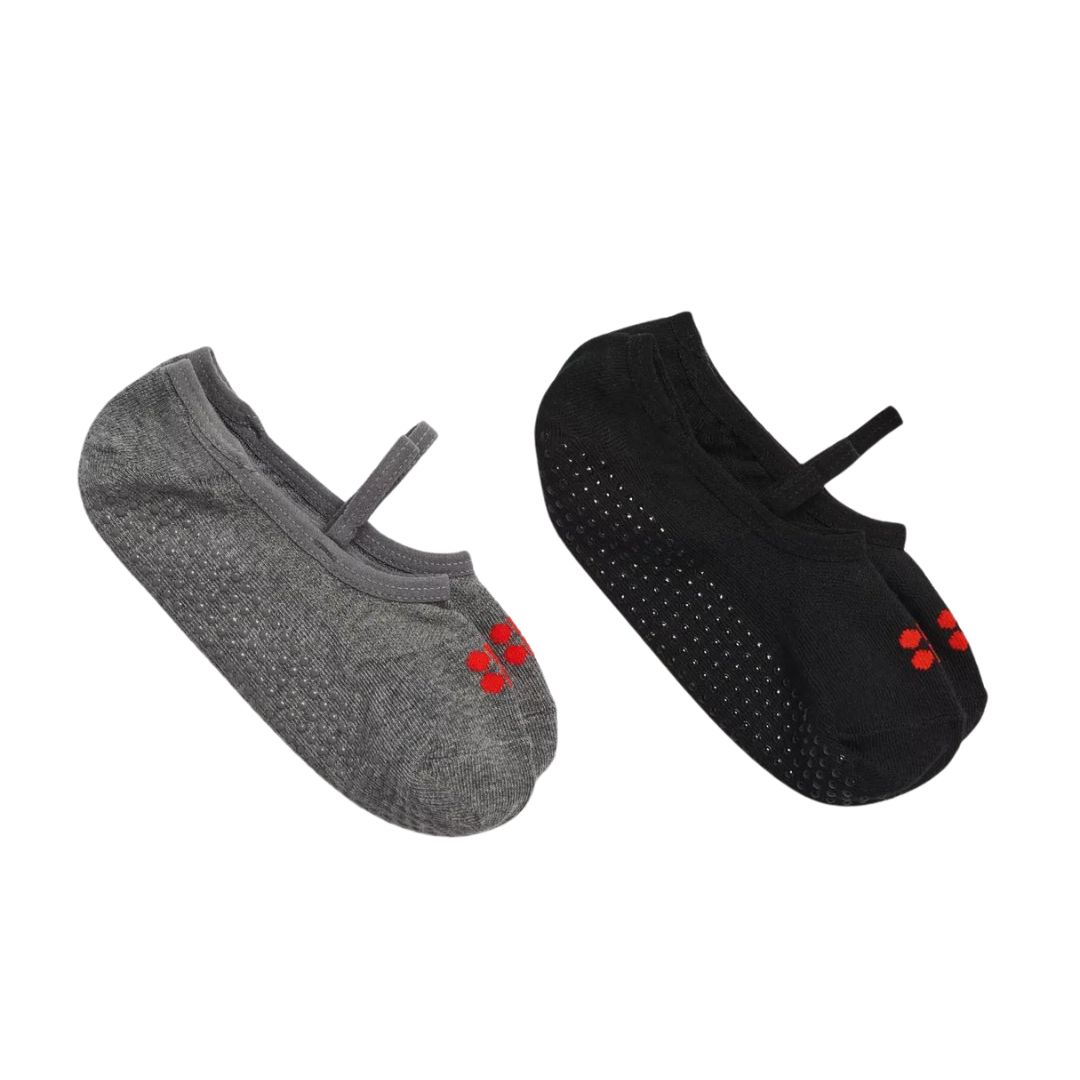
Slow and steady Pilates can be a great way to boost your health and wellbeing, and these grippy socks from Sweaty Betty will ensure you can focus on your practice (and not falling on the floor).
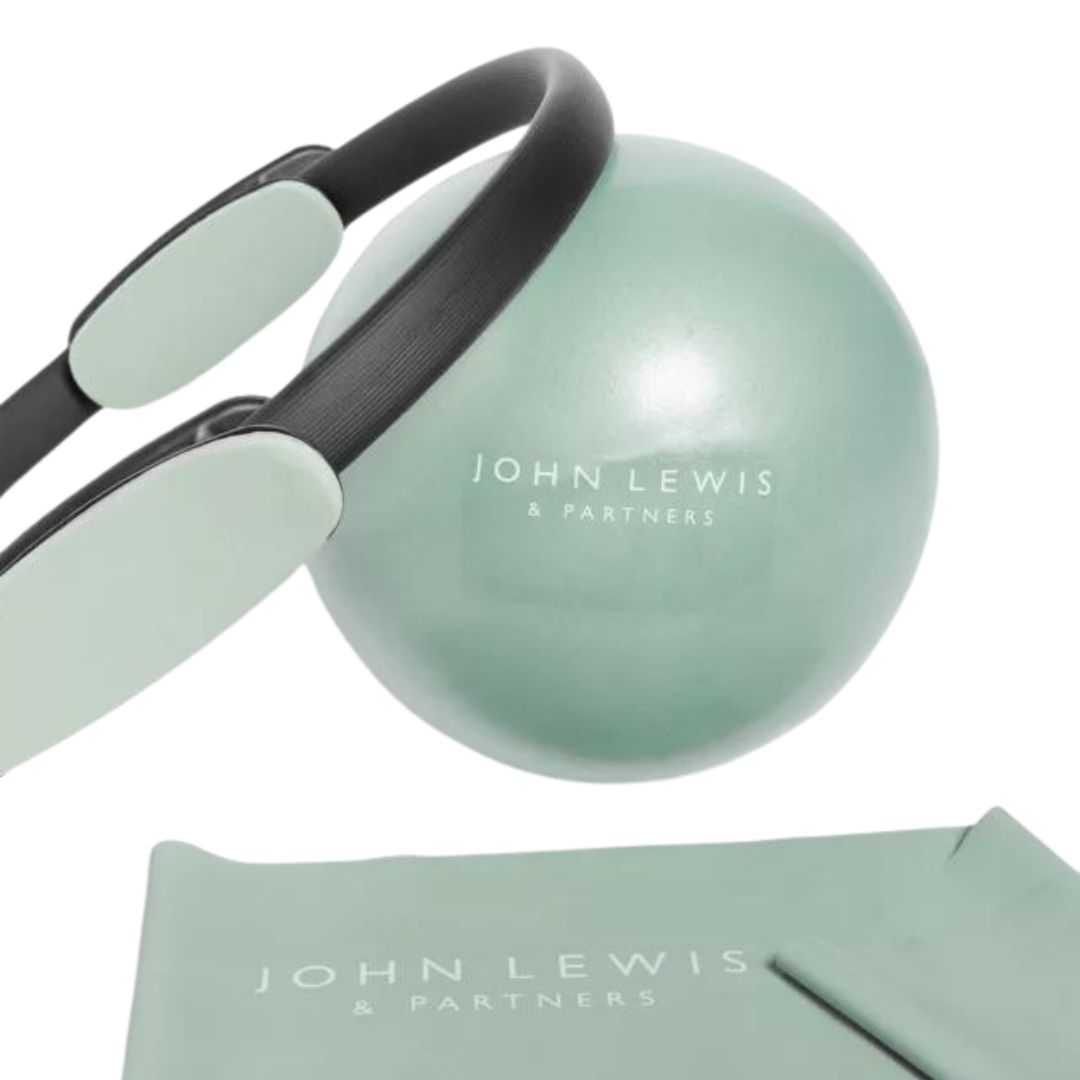
Another great tool for levelling up your home Pilates? Pilates balls, a simple and affordable way to improve your core strength and coordination.
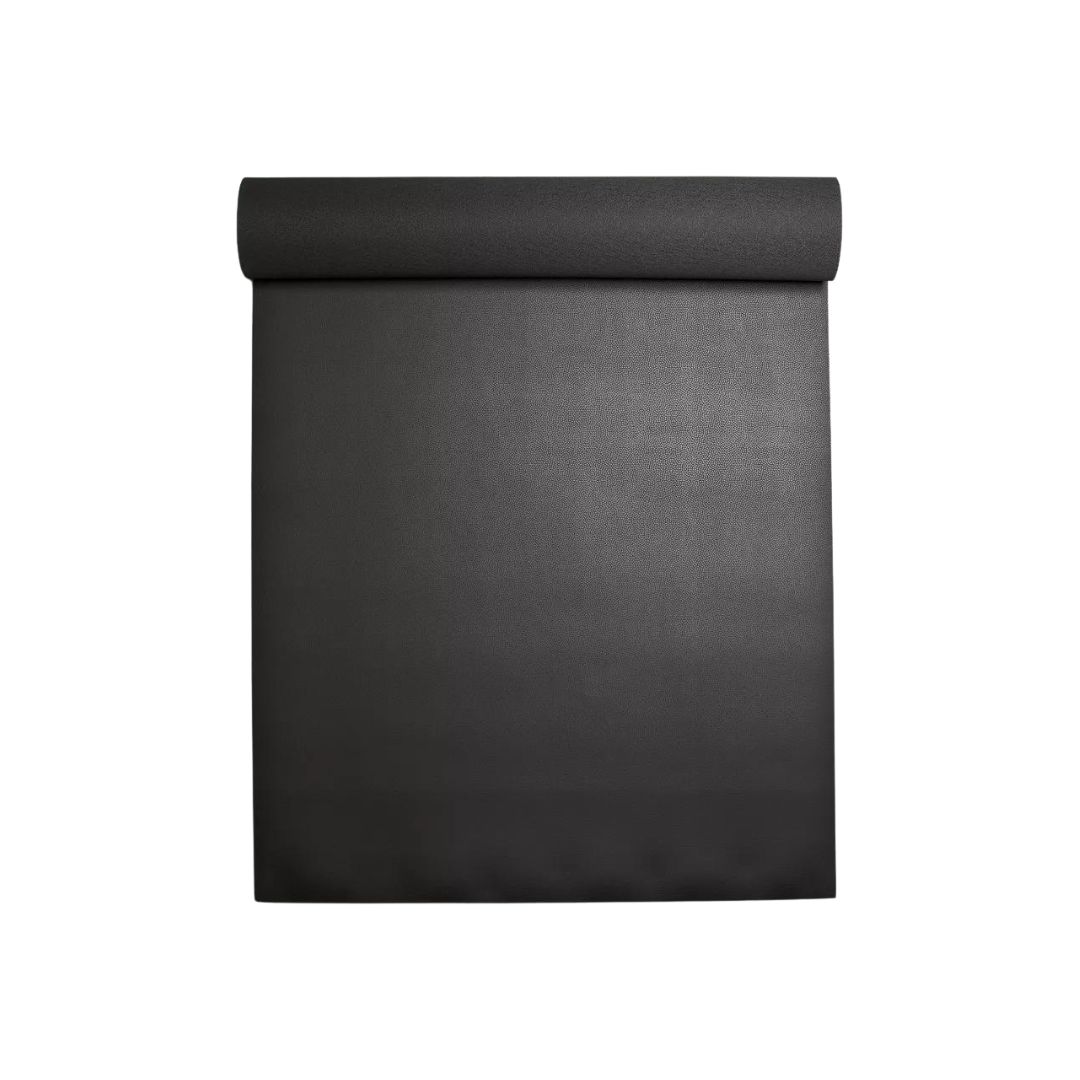
Last but by no means least, this workout mat from lululemon is an investment but one that you'll use for life. It's grippy, cleverly designed and ideal for home stretching.
Are there any draw backs to active recovery?
Bottom line: More research is needed into the benefits of active recovery, notes O'Leary. "However, there are no documented drawbacks to using active recovery, so unless you are suffering from extreme exhaustion or are not lowering the intensity of your workout sufficiently for it to count as an active recovery session then it is suitable for anyone."

Chloe Gray is a freelance journalist who writes and talks about health, fitness, and wellbeing through a feminist lens. She was part of the launch team for Stylist magazine's fitness brand, Strong Women, and has written for i news, Women's Health, Red magazine, Good Housekeeping, Refinery29, and more. She's all about building mental and physical strength, eating delicious food that fuels you well, and making the fitness industry more accessible and enjoyable. She's also a qualified fitness trainer and research nerd, so you can be sure everything you read is backed by proper science.
-
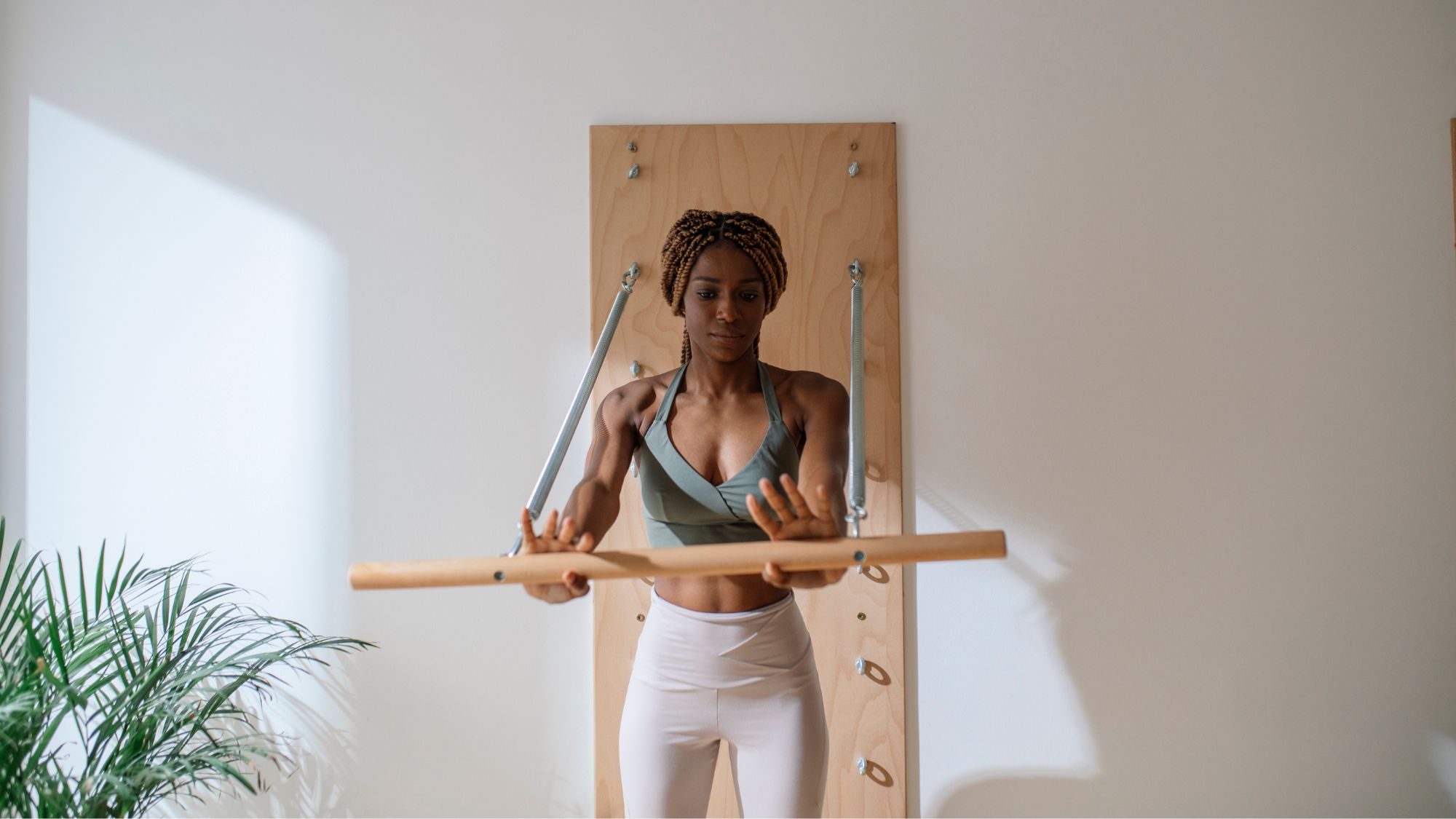 Stop what you're doing: these are, hands down, the best wall Pilates workouts for the core, according to top instructors
Stop what you're doing: these are, hands down, the best wall Pilates workouts for the core, according to top instructorsRigs at the ready.
By Katie Sims
-
 9 elegant mother of the bride outfits that will work for any wedding setting
9 elegant mother of the bride outfits that will work for any wedding settingChic suits and floral frocks, included
By Lauren Cunningham
-
 “I regret…him” — Brides reveal their biggest Wedding Day regrets
“I regret…him” — Brides reveal their biggest Wedding Day regretsEverything 7 brides wish they knew before their big day
By Mischa Anouk Smith
-
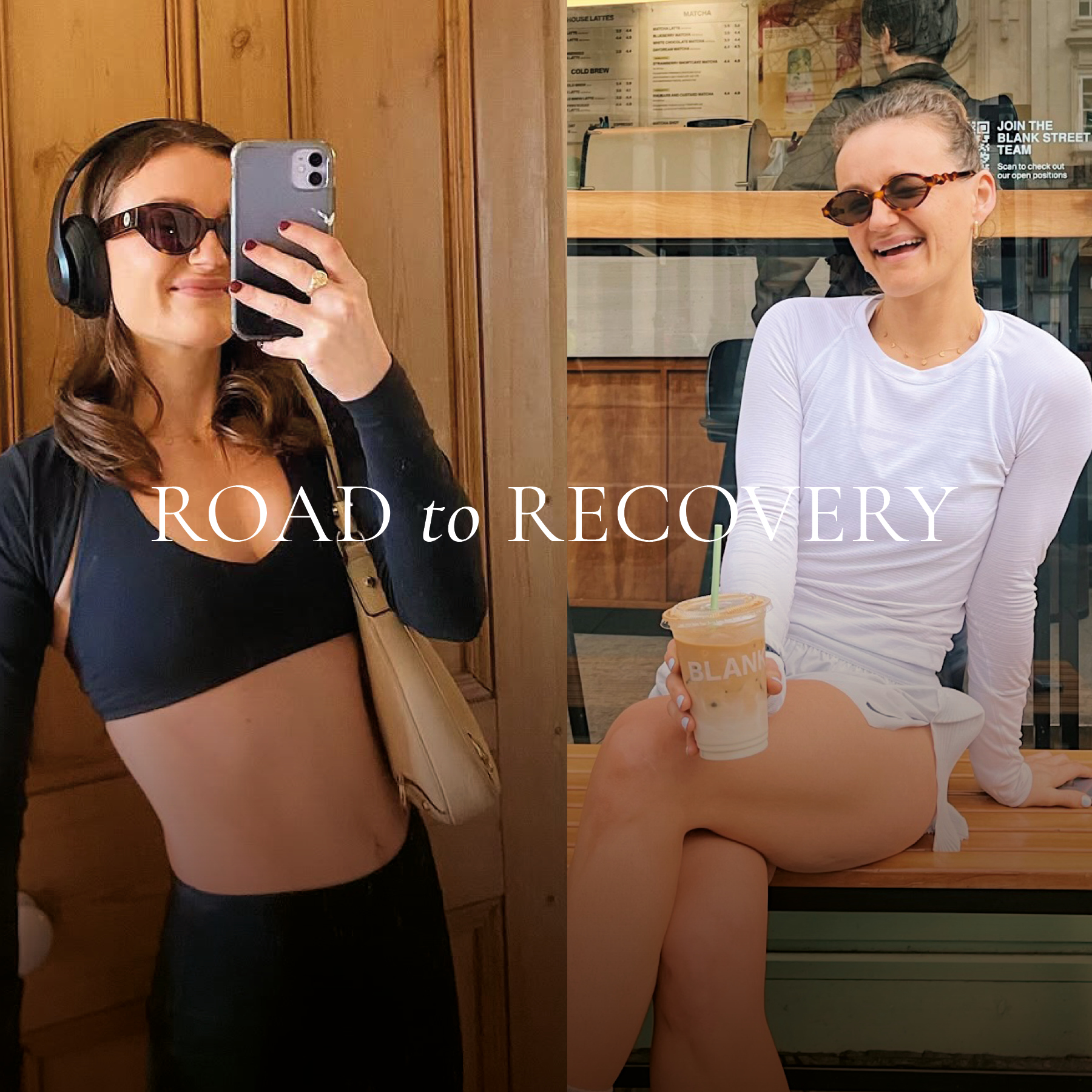 Road To Recovery: I'm a Health Editor and marathon runner who’s long struggled to make recovery a habit - enter, my lazy girl's guide to R&R
Road To Recovery: I'm a Health Editor and marathon runner who’s long struggled to make recovery a habit - enter, my lazy girl's guide to R&RRecovery is all too easy to skip when you’re busy, but it’s as essential as working out to boost wellbeing - which is where these handy tips come in.
By Ally Head
-
 I tried TikTok's lemon balm tea for a week to see if it can really help to reset your nervous system - my honest review
I tried TikTok's lemon balm tea for a week to see if it can really help to reset your nervous system - my honest reviewSit back and pour yourself a cup of calm.
By Anna Bartter
-
 The entire UK seems to be obsessed with saunas RN - 9 benefits to know about, if you're considering giving them a go
The entire UK seems to be obsessed with saunas RN - 9 benefits to know about, if you're considering giving them a goEnter your Scandi girl era.
By Anna Bartter
-
 Wellness Escapes: I went to Bali in search of winter sun, I came home with a new lease of life
Wellness Escapes: I went to Bali in search of winter sun, I came home with a new lease of lifeThis White Lotus-style sanctuary taught me how to relax
By Mischa Anouk Smith
-
 As Mel Robbins' Let Them theory gains global traction - how the simple tool promises to transform your life
As Mel Robbins' Let Them theory gains global traction - how the simple tool promises to transform your lifeNot to mention, help you take back control.
By Katie Sims
-
 I tried Jennifer Aniston's 80/20 approach to wellness - and can't tell you how refreshing I've found it
I tried Jennifer Aniston's 80/20 approach to wellness - and can't tell you how refreshing I've found itIt's all about balance.
By Katie Sims
-
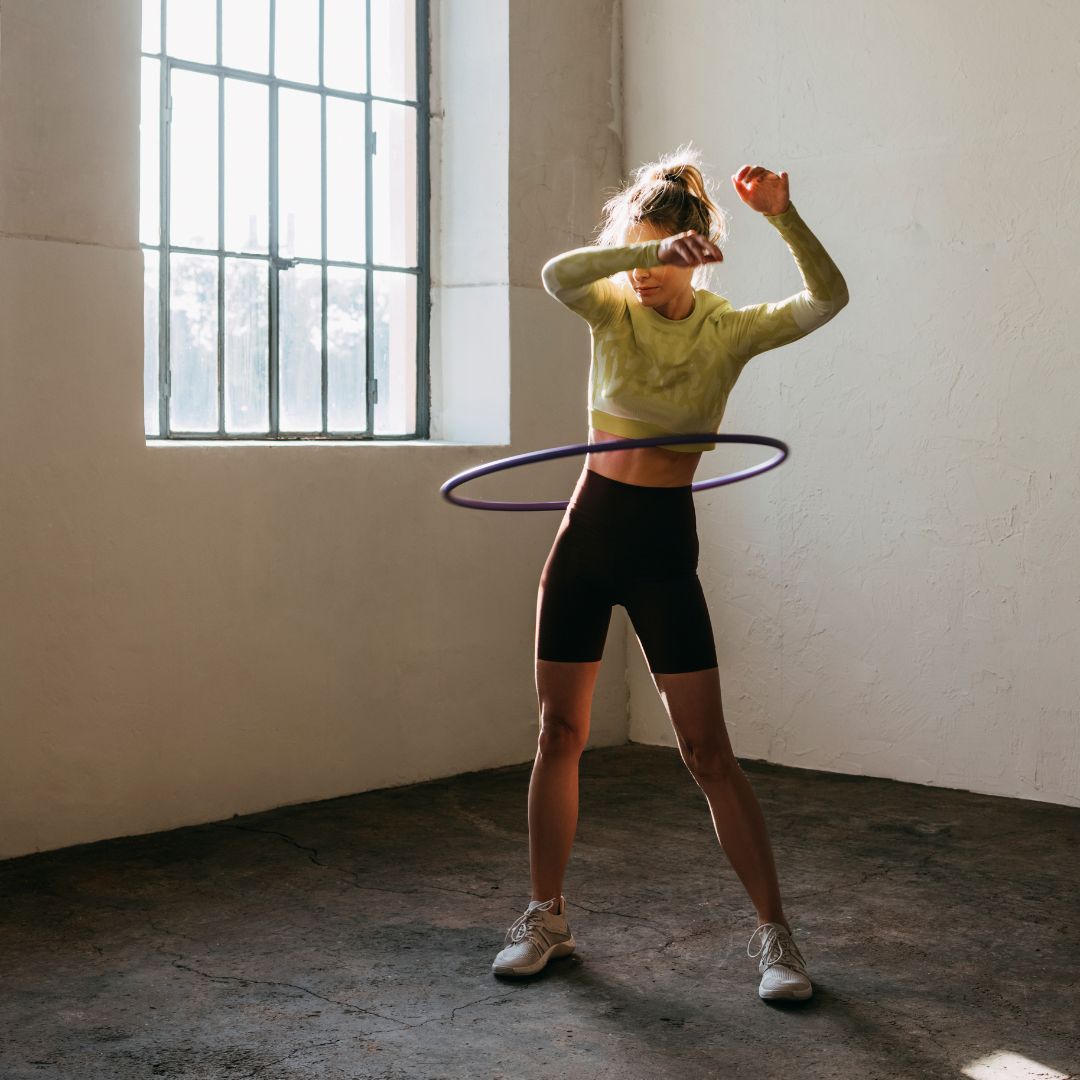 It's one of the most fun home workouts you can do: 6 best exercise hula hoops to add to your fitness regime
It's one of the most fun home workouts you can do: 6 best exercise hula hoops to add to your fitness regimeThey're very affordable, too.
By Amelia Yeomans
-
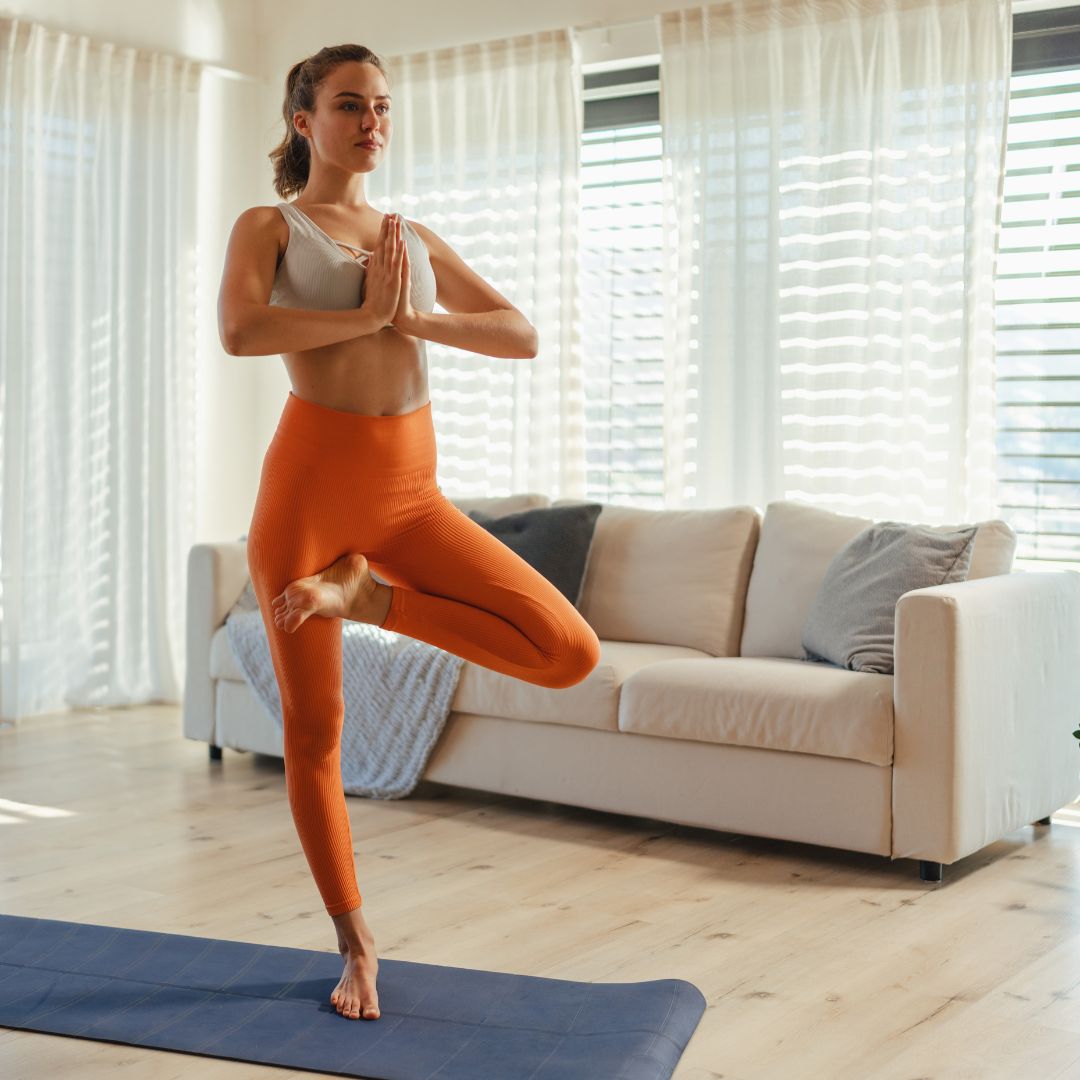 Short on time and motivation? These are the 20-minute yoga workouts instructors do themselves from home
Short on time and motivation? These are the 20-minute yoga workouts instructors do themselves from homeIt turns out, a little bit of yoga goes a long way.
By Rebecca Shepherd